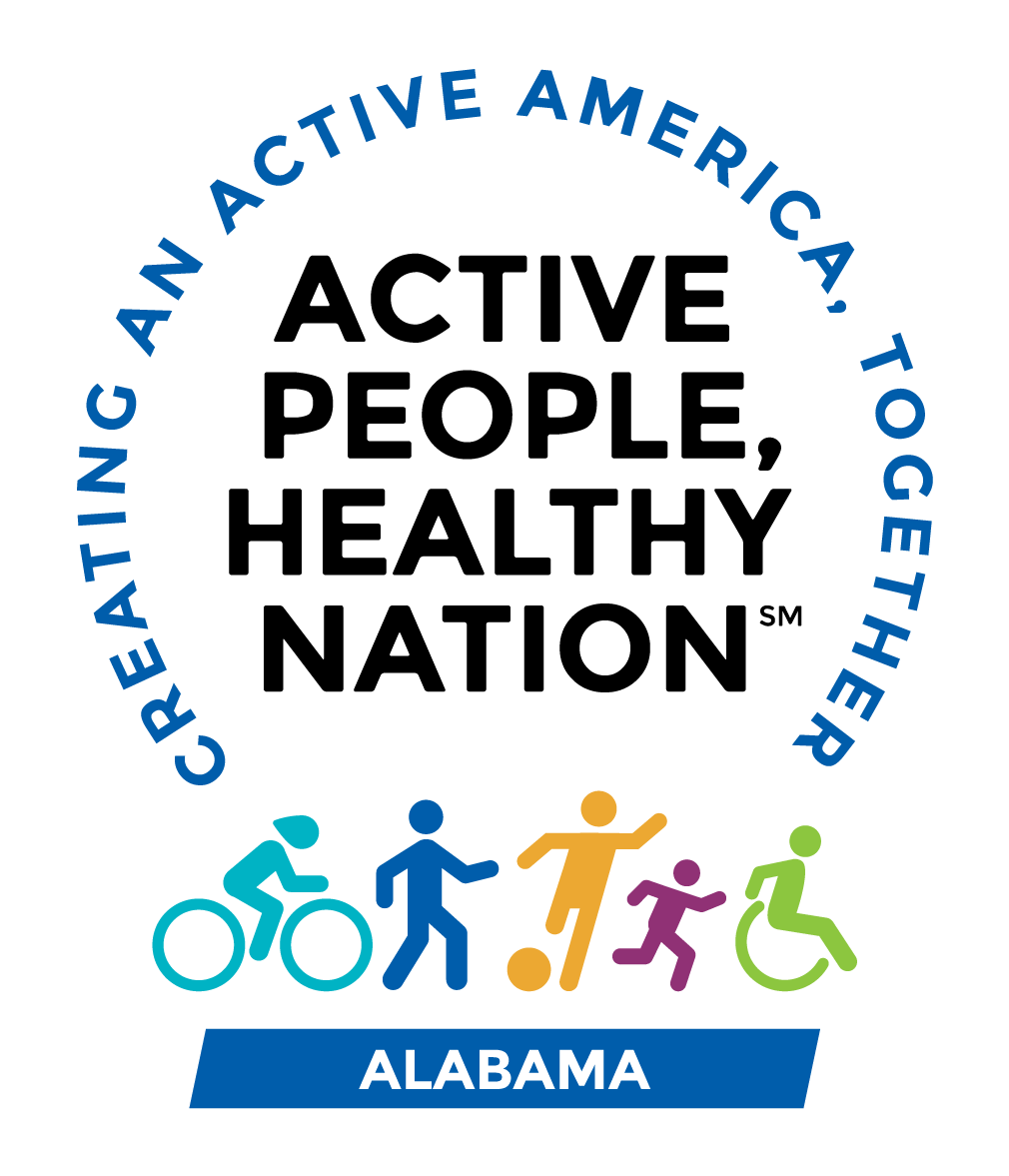Increasing Physical Activity at Your Level
Increased physical activity can improve health, quality of life, and reduce medical care costs. Regular physical activity can help reduce the risk of at least 20 chronic diseases and conditions and provide effective treatment for many of these conditions. Other potential benefits include better school performance and improved military readiness.
The Wellness Coalition is providing physical activity tips and resources to help you get moving, at a level that is comfortable for you, including:

Active People, Healthy NationSM is a national initiative led by CDC to help 27 million Americans become more physically active by 2027

Active People, Healthy NationSM is a national initiative led by CDC to help 27 million Americans become more physically active by 2027
Benefits of Physical Activity
Some benefits of physical activity on brain health happen right after a session of moderate-to-vigorous physical activity. Benefits include improved thinking or cognition for children 6 to 13 years of age and reduced short-term feelings of anxiety for adults. Regular physical activity can help keep your thinking, learning, and judgment skills sharp as you age. It can also reduce your risk of depression and anxiety and help you sleep better. The immediate benefits of physical activity for adults include:

Regular physical activity provides important health benefits for chronic disease prevention. Emerging research suggests physical activity may also help boost immune function. Long-term benefits of regular physical activity include:
Adding Physical Activity to Your Life
Don’t worry if you’re thinking, “How can I get the recommended amount of physical activity each week?” Any amount of physical activity has some health benefits. You’ll be surprised by the variety of activities you have to choose from. Basically any aerobic activity counts, as long as it’s done at a moderate- or vigorous intensity. To make sure you’ll stick with it, pick physical activities that you enjoy and match your abilities. If you’re not sure where to start, here are some examples of weekly physical activity schedules for adults that meet recommended levels of aerobic and muscle-strengthening physical activity.

When to Check with Your Doctor
Physical activity that requires moderate effort is safe for most people. But if you have a chronic health condition, be sure to talk with your doctor about the types and amounts of physical activity that are right for you. Examples of chronic conditions are heart disease, arthritis, and diabetes. Also, if you have been inactive, have a disability, or are overweight, discuss vigorous-intensity physical activity with your doctor before beginning.
Stretching, Balance, and Strength for Individuals with Low Mobility
This exercise series focuses on stretching, improving balance, and increasing strength and has been designed for those with low mobility
or those who may have a chronic condition. Check with your doctor before beginning any exercise program.
Handouts
- Health Benefits of Physical Activity for Adults
- My Physical Activity Diary
- Physical Activity Recommendations for Adults with Chronic Health Conditions and Disabilities
- Physical Activity Recommendations for Different Age Groups
- Physical Activity Recommendations for Pregnant and Postpartum Women
- Tips for Beginners: Stretching & Walking
Additional Resources
- Active People, Healthy NationSM
- American Heart Association – See how to start or join a walking club.
- GirlTrek – Find Facebook pages for Black women’s walking groups in 33 states
- Move Your Way Video Series
- Park Finder – Explore national parks, recreation areas, and historic sites
- Recreation.gov – Search for recreation activities at outdoor and cultural destinations.
- Walk With a Doc – See free events to learn about a health topic from a health care professional, then enjoy a walk and conversation with others.
- Walk With Ease
- YMCA – Find a facility or camp by city, state, or zip code. Fees
vary.
Made possible with funding from the Centers for Disease Control and Prevention.

